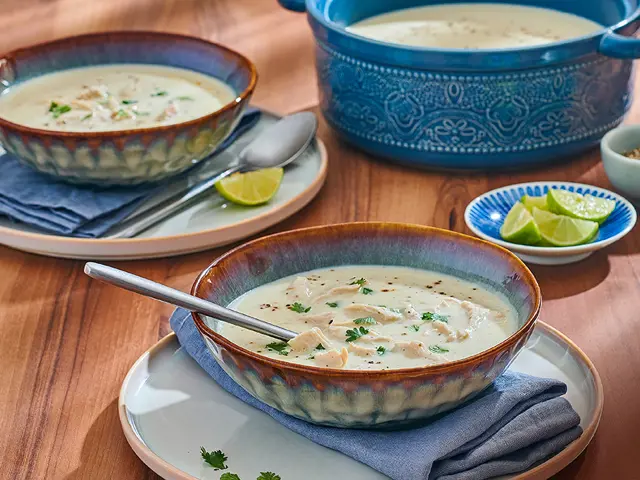


Using too much sugar is one common problem that results in harder cookies, so make sure to stick to the proportions in the recipe. Over-mixing is also a common issue – once the flour looks like it has mixed evenly, stop!
Double check your oven’s temperature and make sure it’s correct – too much heat causes the butter to melt quickly and doesn’t allow the rest of the ingredients time to react. The goal is for the cookie to bake evenly, flattening as the butter gradually melts down.
Once the cookies have cooled it’s a good idea to seal them in an airtight container as soon as possible in order to lock in the moisture and prevent them from going stale. Keep them at room temperature and avoid placing them in the fridge as this will also cause the cookies to dry out.
It’s easy to confuse bicarbonate of soda, sometimes known as baking soda, with baking powder. Some recipes only use one of the two, and the resulting texture will be different. In this case, the combination reacts with the rest of the ingredients to neutralise the acidic elements at the same time as providing the lift the cookies need to expand.
Cookie jars may be an aesthetically pleasing way to store your freshly baked goods but unless they are due to be eaten immediately, it will cause the cookies to dry out. Airtight containers are the way to go, and if you have multiple flavours of cookie, make sure to store them separately to avoid the flavours mixing over time. To keep the cookies for longer than a few days you can store them in the freezer.
Chocolate chip cookies are a favourite that are undeniably tasty. The touch of flake salt brings the flavours out and gives the cookies extra character. Try doubling the recipe volume then freezing half of the dough so you can easily whip some cookies out and impress the room the next time an unexpected visitor comes around.
Like many of the best inventions, chocolate chip cookies were created unintentionally. The story goes that in the 1930s Ruth Wakefield, owner of the toll house Inn restaurant in Massachusetts, had the idea to melt some chocolate into the batter for the biscuits she was making. When the chocolate didn’t melt and instead remained as tasty chunks, Wakefield realised the result was an entirely new creation worth a recipe of its own – though they weren’t given their modern name until several years later.
There is no strict rule regarding which kind of chocolate you can use in chocolate chip cookies but as always, the best quality will deliver the best results. Chocolate with a high cacao percentage (60 percent and above) will produce a rich flavour, while milk or white chocolate will be sweeter but equally satisfying. Start experimenting!
Salt works as a flavour enhancer to amplify the chocolate taste and balance out the sweetness, resulting in a more rounded and enjoyable taste. It’s worth the effort.

Fall in love with pasta all over again, as you serve your loved ones creamy dishes made richer with Puck—and your special touch. Our inspiring recipes, general guidelines, and detailed articles will set you on the path to culinary creativity. With Puck’s entire range of cooking creams and sauces that meet your high standards, you’ll love putting your personal spin on pasta.